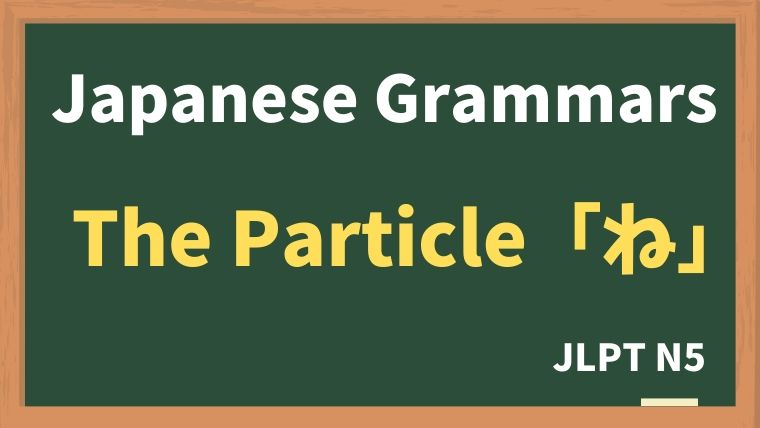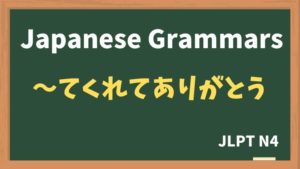
Explanation:〜ね
The particle 「ね」 is a sentence-ending particle in Japanese that is used to seek the listener’s confirmation, agreement, or acknowledgment. It conveys a sense of camaraderie and is often used in casual conversations.
fa-check-circleMeaning
"~ right?" or "isn't it?"
By using 「ね」, the speaker invites the listener to share their thoughts or feelings about what has just been said.
fa-check-circleForm
Sentence + ね。
fa-check-circleJLPT Level
N5
Sample sentenes
A:きょうは あついですね
B:そうですね。
A:It’s hot today, isn’t it?
B:Yes, it is.
A:ちょっと つれましたね。やすみましょうか。
B:いいですね。
A:It’s a bit tough, isn’t it? Shall we take a break?
B:Sounds good.
A:でんわばんごうは 000-000-0000ですね。
B:はい、そうです。
A:The phone number is 000-000-0000, right?
B:Yes, that’s right.
A:このみちを まっすぐいくと えきがあるんですね。
B:はい、ありますよ。
A:If I go straight down this road, there’s a station, right?
B:Yes, there is.
Vocabulary
| Japanese | English |
| つかれる | to get tired |
| いいですね | sounds good |
| でんわばんごう | telephone number |
| みち | street |
| まっすぐ | straight |
| えき | station |
Summary
The particle 「ね」 is a useful tool for fostering communication and expressing shared understanding in conversations. It encourages the listener to engage and respond, making interactions more dynamic. Learning to use 「ね」 appropriately will help learners sound more natural in casual Japanese conversations.






